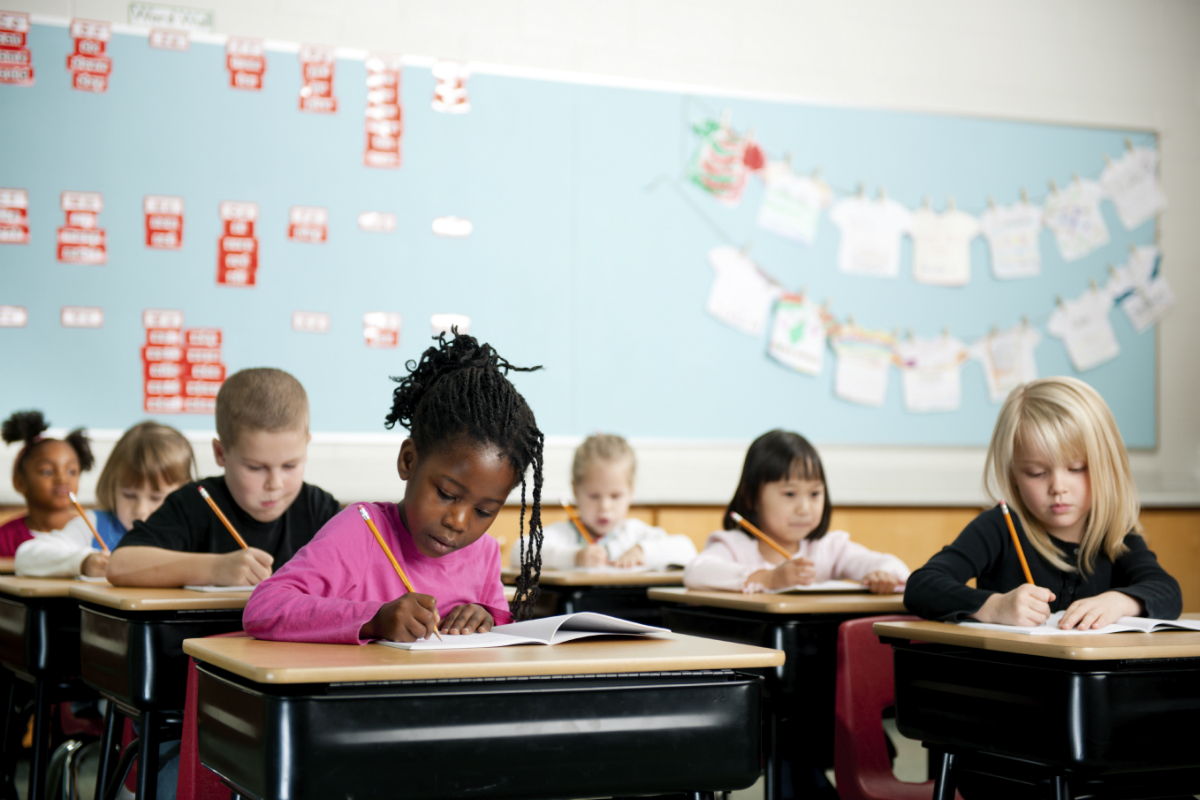May is Asian Pacific American Heritage Month, a time to celebrate the achievements and contributions of Asian-Americans and Pacific Islanders in the United States. California has been home to communities of Asian heritage since before its entrance into the United States in 1850. According to 2010 U.S. Census figures, the largest populations of Samoan, Guamanian or Chamorro, Fijian, Tongan and Palauan Americans in the nation reside in our state. In addition, the Golden State contains the most substantial population of Native Hawaiians outside of Hawaii and notable Hmong, Laotian and Cambodian communities, among others.
This month also provides school board members and others in the educational community with a reminder to review the demographic and achievement data of these diverse student groups in order to provide the support needed to ensure achievement for all students. While the California Department of Education reports data for Asian, Filipino and Pacific Islander students separately, districts and county offices of education should review disaggregated data, where available, to ensure that opportunity gaps are not masked. For example, while the achievement of Asian students might be high overall, these students include Cambodian, Laotian and Hmong students, who have been historically underserved.
Enrollment Trends
Of the 6.2 million K-12 students who attend California public schools, 9 percent are Asian, 2.5 percent are Filipino and 0.5 percent are Pacific Islander. This student population is diverse and composed of students from many cultural backgrounds:
- 559,159 students are Asian, including Asian Indian, Cambodian, Chinese, Hmong, Japanese, Korean, Laotian, and Vietnamese students;
- 153,670 students are Filipino; and
- 29,384 students are Pacific Islander, including Guamanian, Hawaiian, Samoan, and Tahitian students.
Socioeconomic and Language Status
When looking at specific demographics of Asian, Filipino and Pacific Islander students, there are multiple factors that contribute to their educational attainment such as their socioeconomic, English learner and special education status.
Given the diverse background of these students, averages can hide significant differences. For example, according to CSBA analysis of the most recent data available from the CDE, while roughly one-third of Asian and Filipino students are socioeconomically disadvantaged (well below the statewide average of 59.8 percent), there are students included in the Asian group, such as Cambodian, Laotian and Hmong students, that have among the highest poverty rates in California.[i] In addition, a higher percentage of Pacific Islander students are socioeconomically disadvantaged (63.9 percent). Within the Pacific Islander group, there can be populations, such as Samoan students, that are at a larger disadvantage.
Many Asian, Filipino and Pacific Islander students also come from households where a language other than English is spoken at home. Vietnamese, Mandarin (Putonghua) and Filipino (Pilipino or Tagalog) are among the languages spoken by 50,000 or more students at home. While bilingualism is an asset that will benefit students in college, career and life, it also means that students and families might need special instruction and services that can allow them to fully participate in school.
Academic Achievement
The 2016–17 California Assessment of Student Performance and Progress results in math and English language arts reveal significant differences in the achievement levels of Asian, Filipino, and Native Hawaiian or Pacific Islander students. (CAASP reports data for “Native Hawaiian or Pacific Islander students” while enrollment data from the California Department of Education reports on “Pacific Islander students,” which includes Native Hawaiian students.)
CAASPP Results: Math
- 7 percent of Asian students met or exceeded grade-level standards;
- 1 percent of Filipino students met or exceeded grade-level standards; and
- 2 percent of Native Hawaiian or Pacific Islander students met or exceeded grade-level standards.
CAASPP Results: English language arts
- 5 percent of Asian students met or exceeded grade-level standards;
- 2 percent of Filipino students met or exceeded grade-level standards; and
- 42 percent of Native Hawaiian or Pacific Islander students met or exceeded grade-level standards.
To better serve Asian Pacific Islander students, CSBA has collected the following resources for school board members:
Resources
- Overlooked and Underserved: Debunking the Asian “Model Minority” Myth — Education Trust-West
- Asian-American Success and the Pitfalls of Generalization — The Brookings Institution
- The State of Asian American, Native Hawaiian, and Pacific Islander Education in California — University of California Asian American and Pacific Islander Policy Multicampus Research Program
- California State University Asian American and Pacific Islander Initiative
- “Hmong immersion program in Sacramento aims to educate, preserve” — Public Radio International
- “These groups of Asian-Americans rarely attend college, but California is trying to change that” — PBS / The Hechinger Report
- May Is Asian-Pacific Heritage Month: 12 Ways to Enrich Kids’ Appreciation of Asian-Pacific American Culture — U.S. Department of Education
- Teaching Asian and Pacific Islander Heritage — National Education Association
- Asian Pacific Heritage Month
[i] Tseng, W., McDonnell, D. D., Takahashi, L., Ho, W., Lee, C., and Wong, S. (2012). Ethnic health assessment for Asian Americans, Native Hawaiians, and Pacific Islanders in California. San Francisco, CA: Asian & Pacific Islander American Health Forum (APIAHF). Retrieved from https://bit.ly/2H5CtLT




